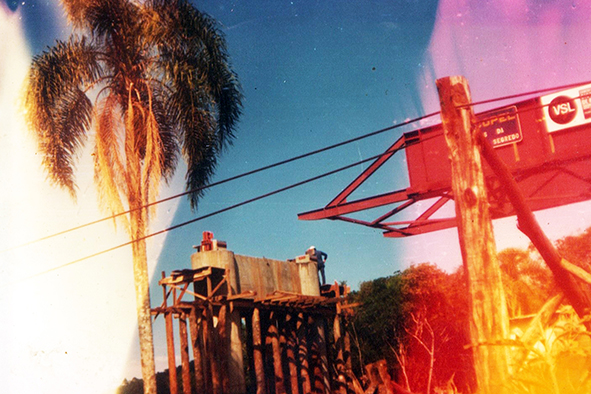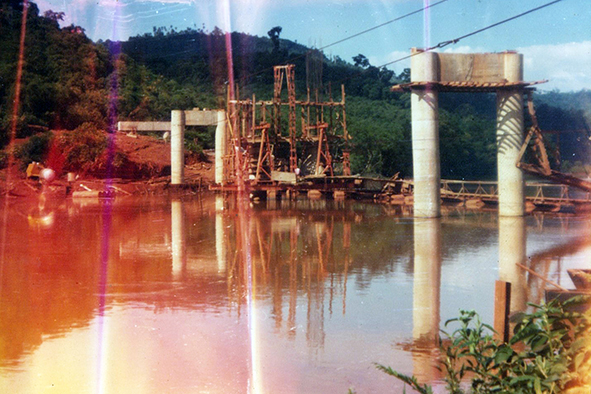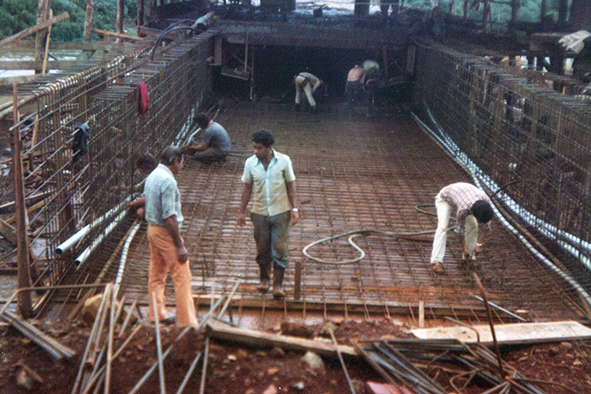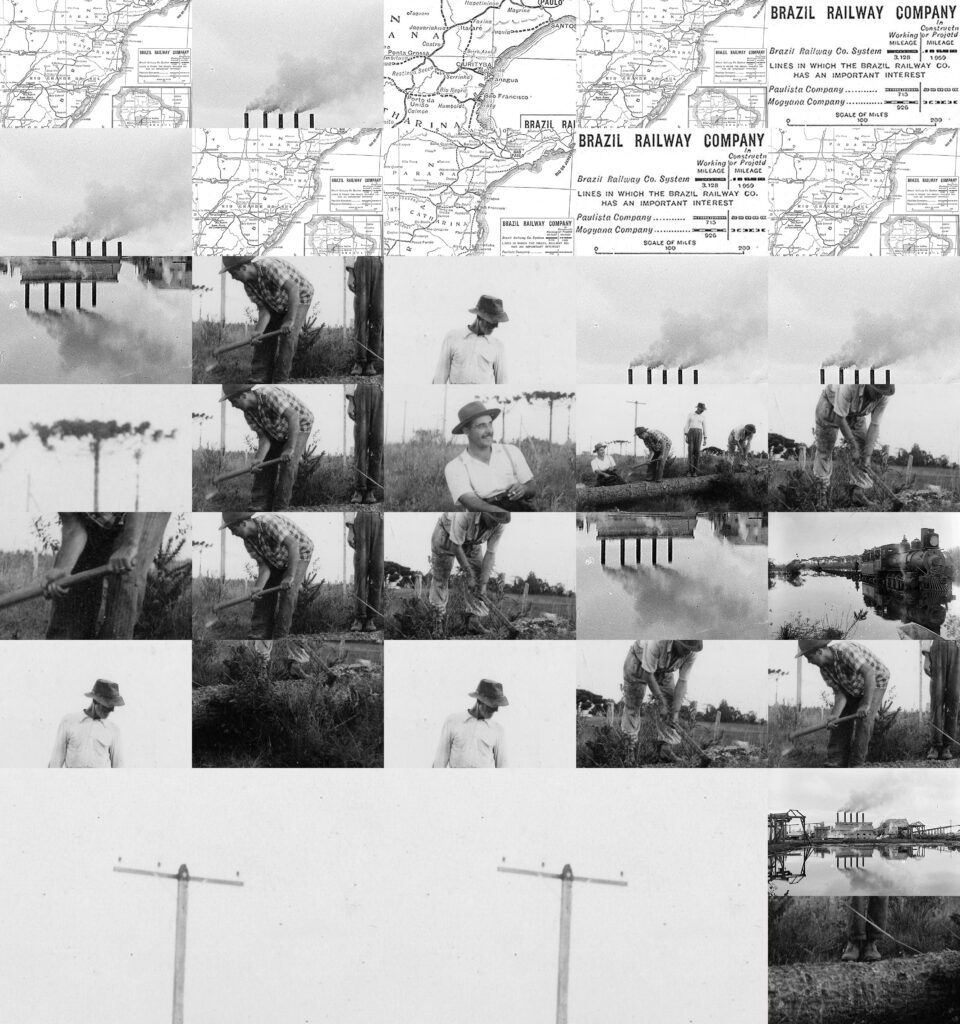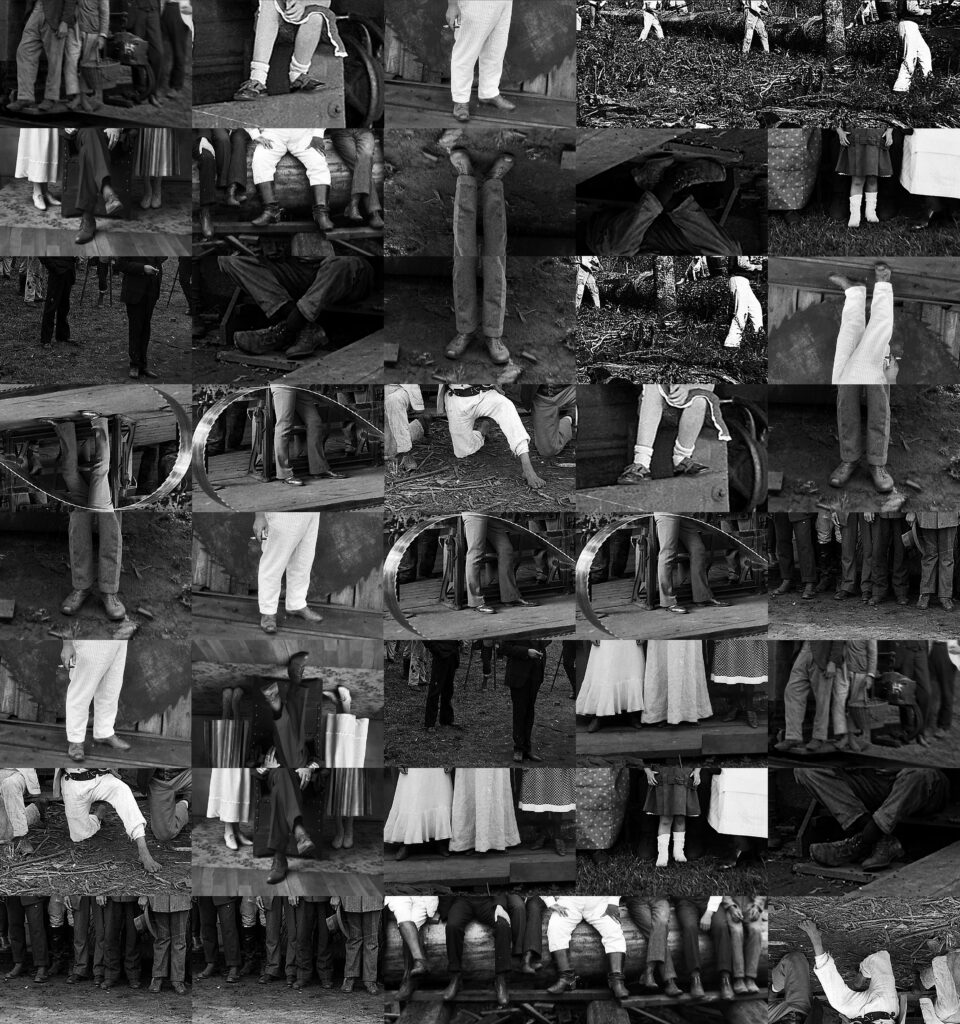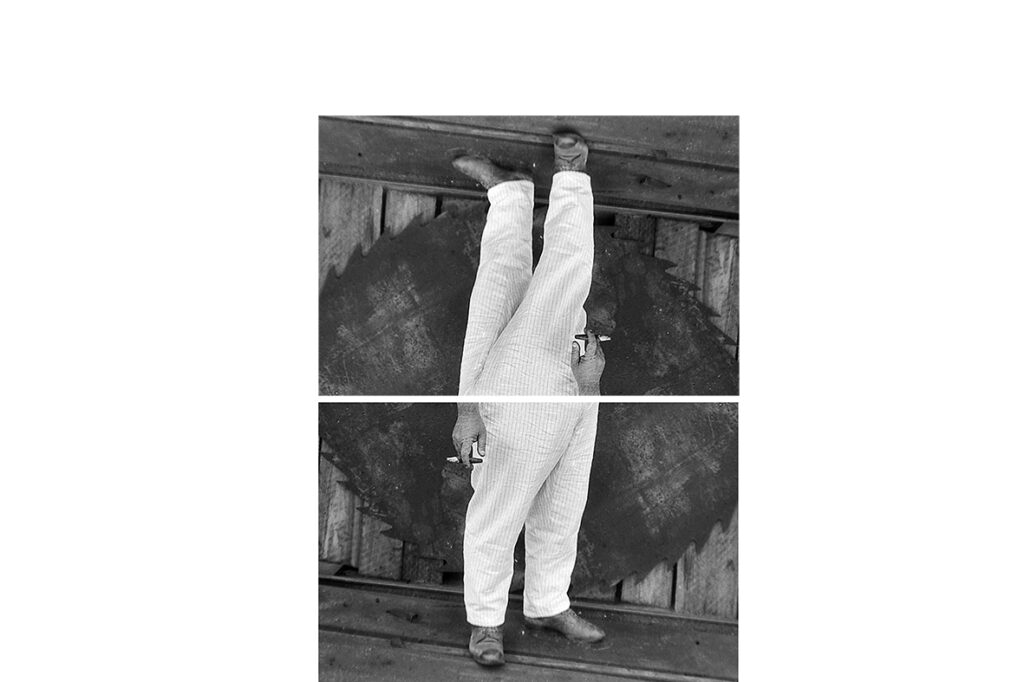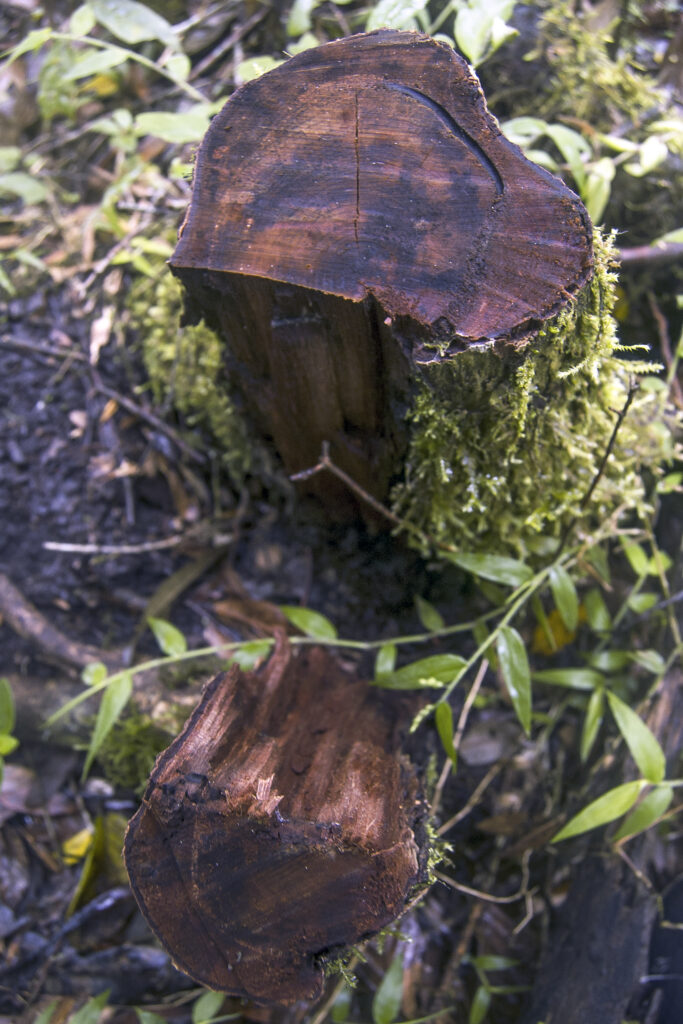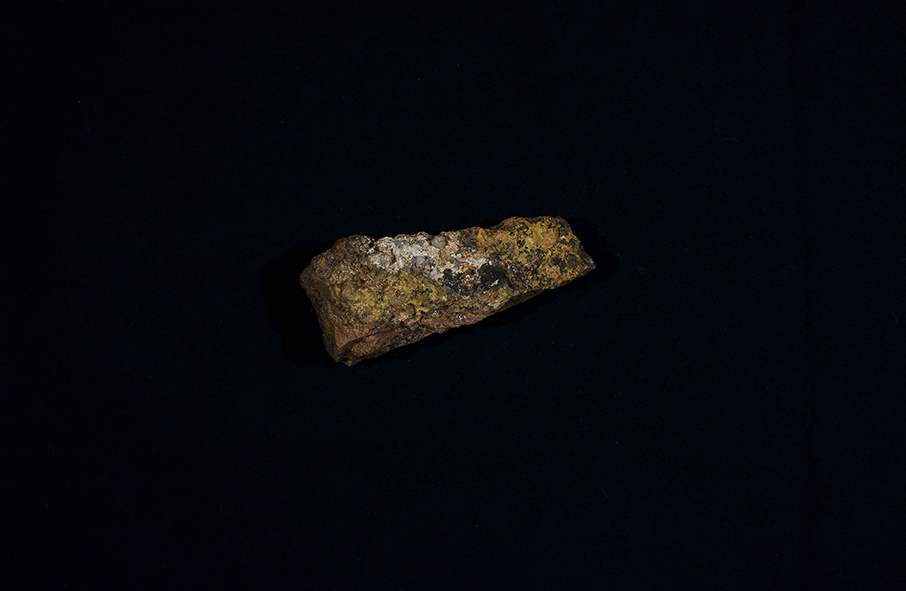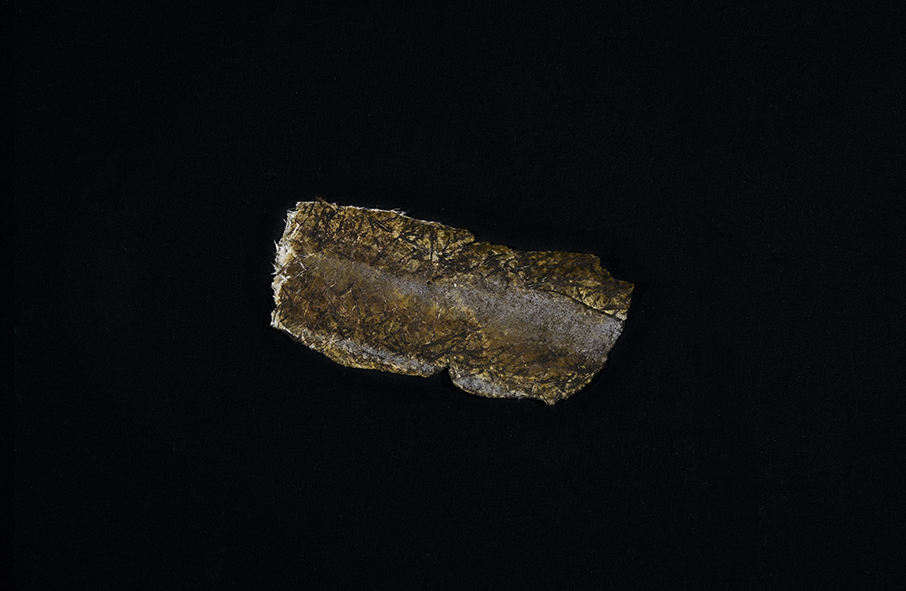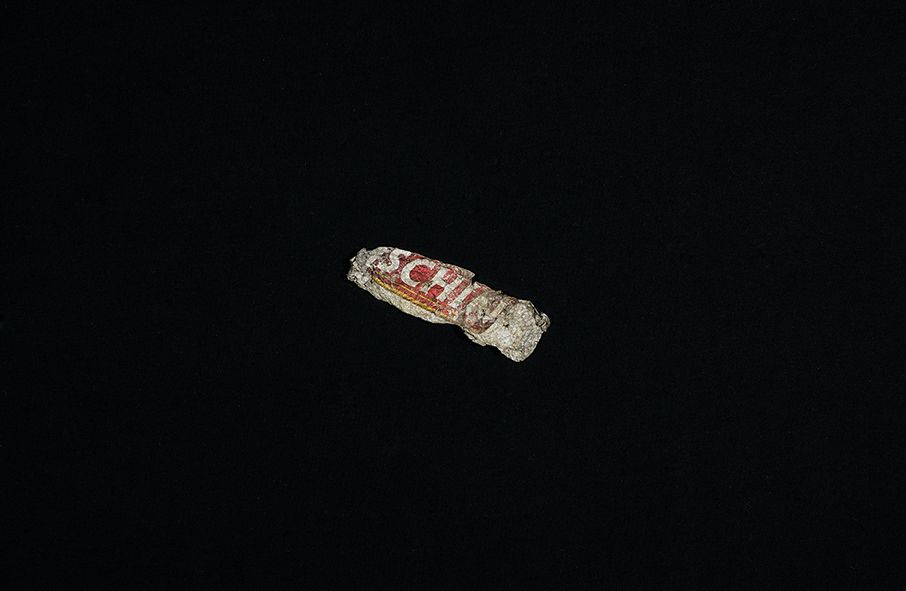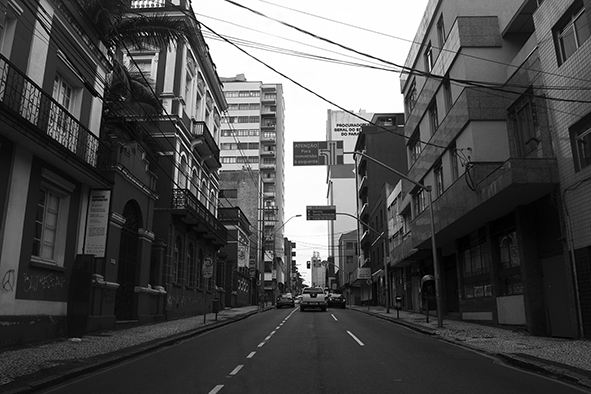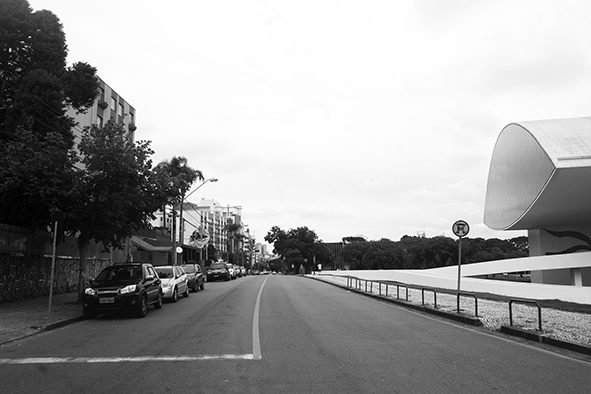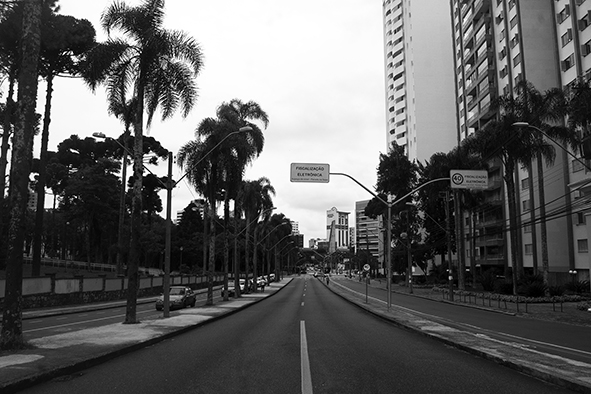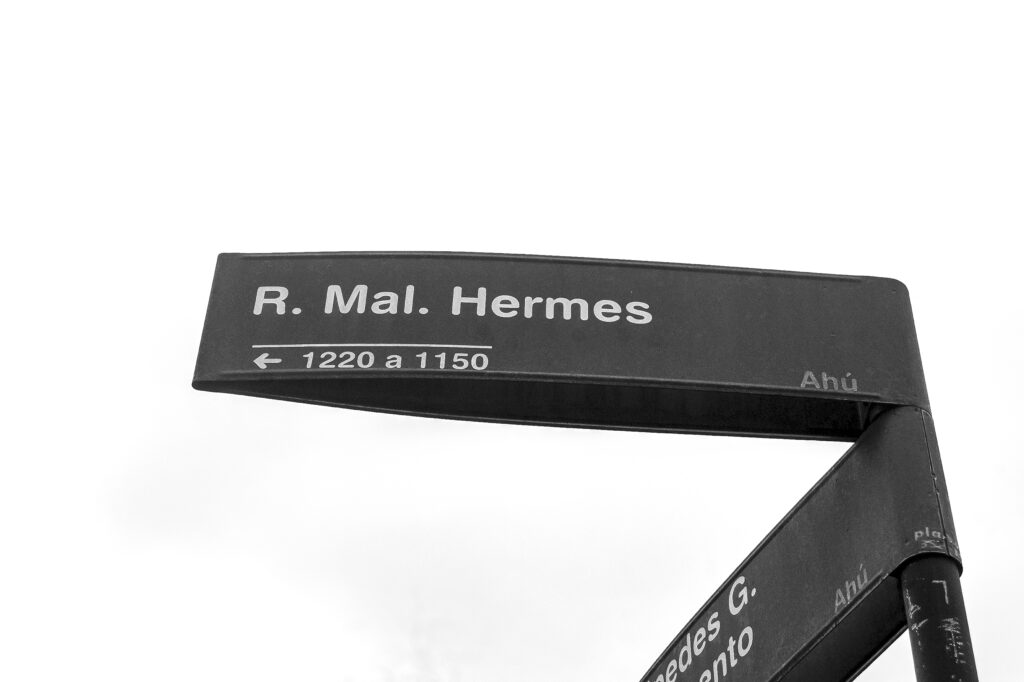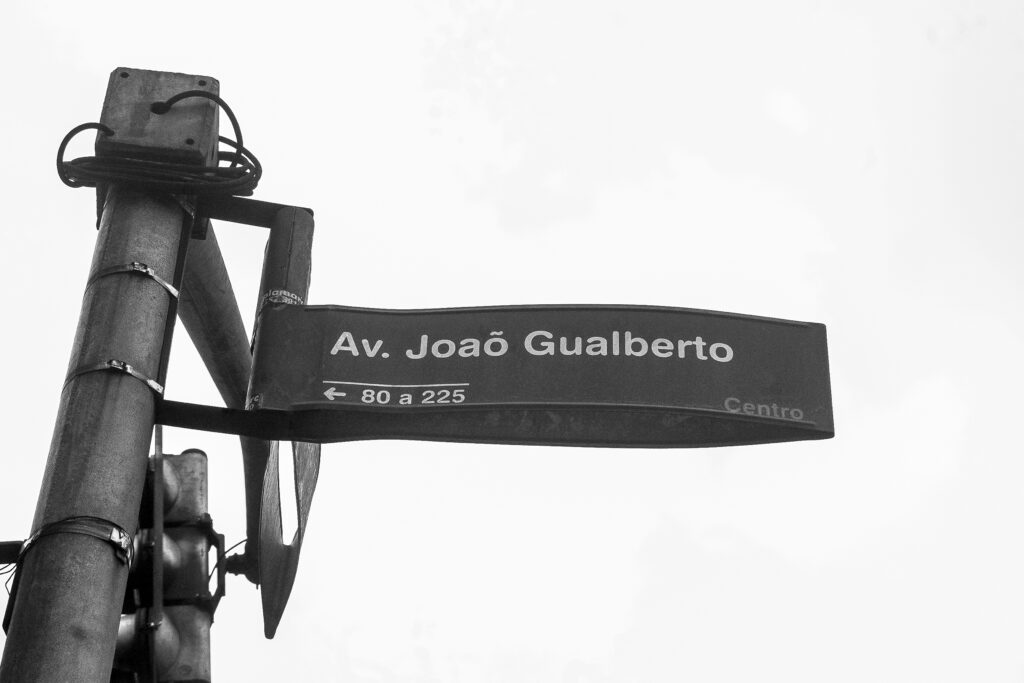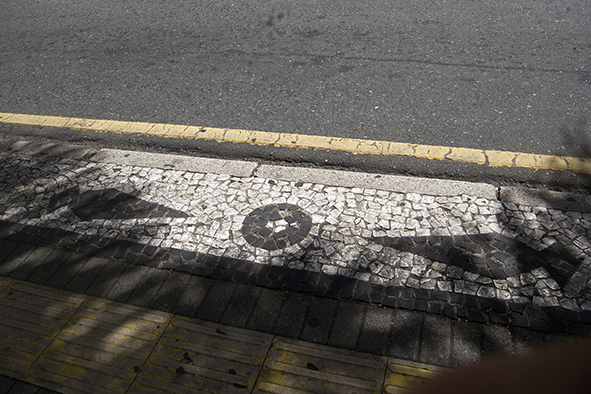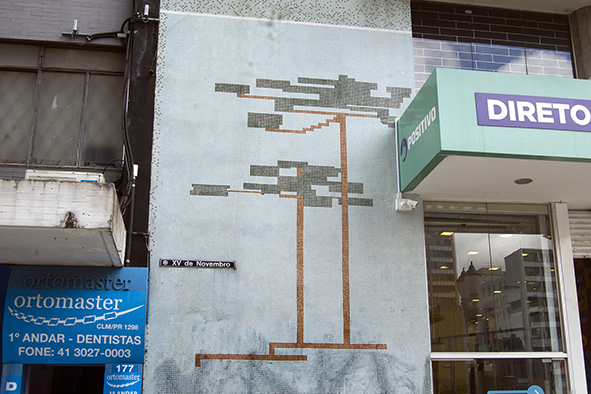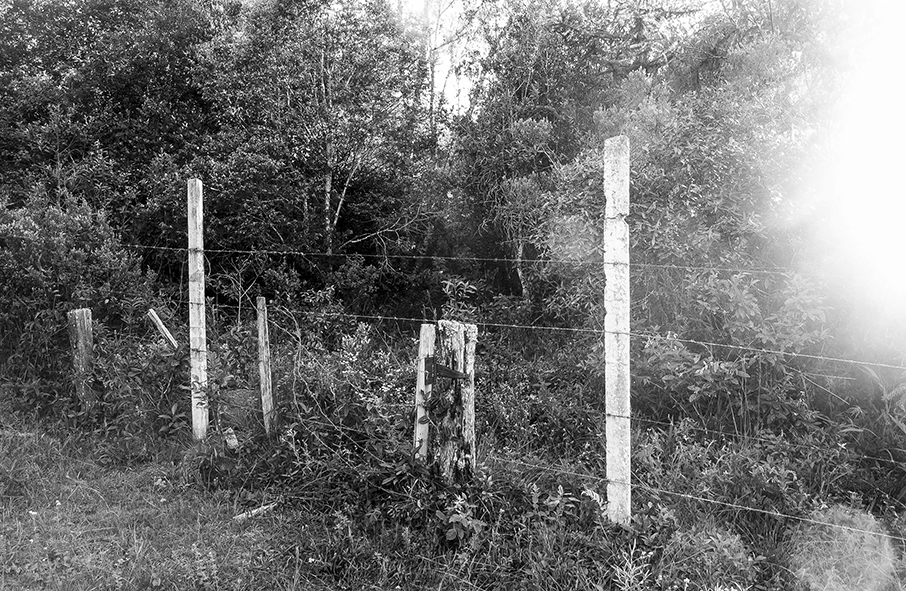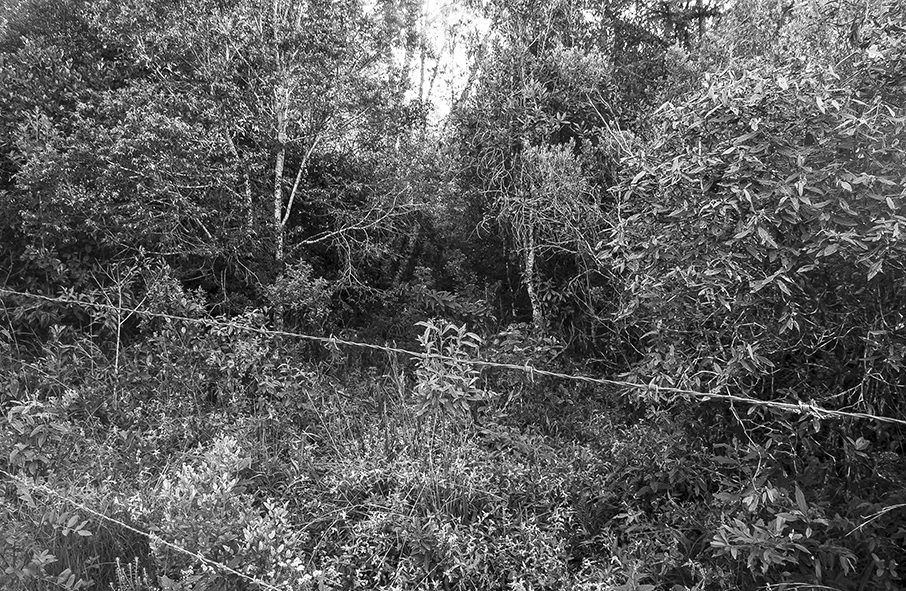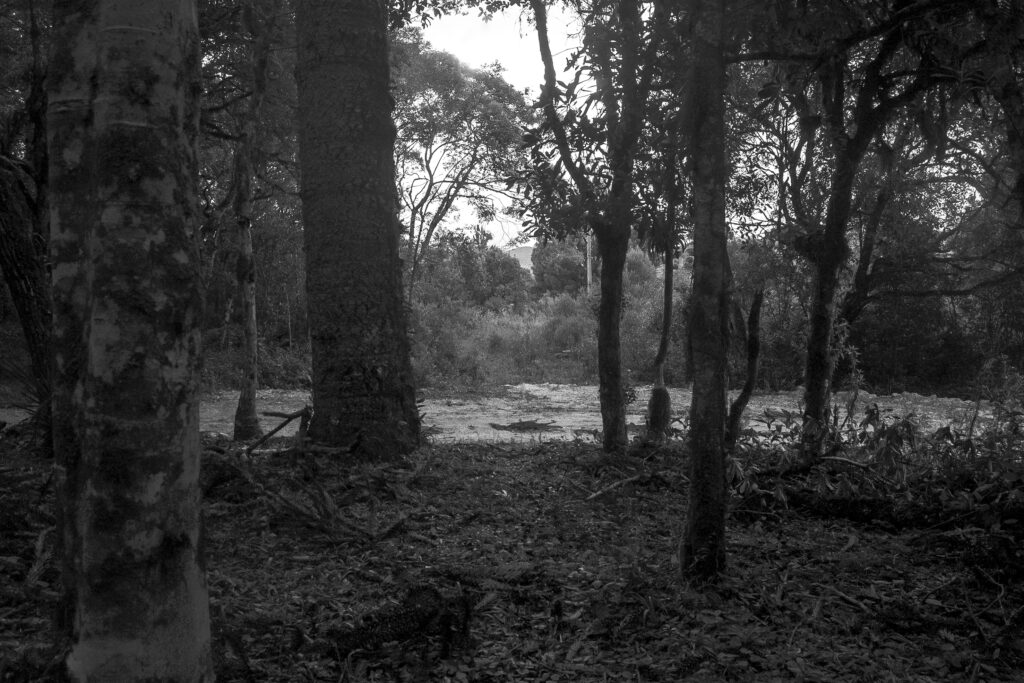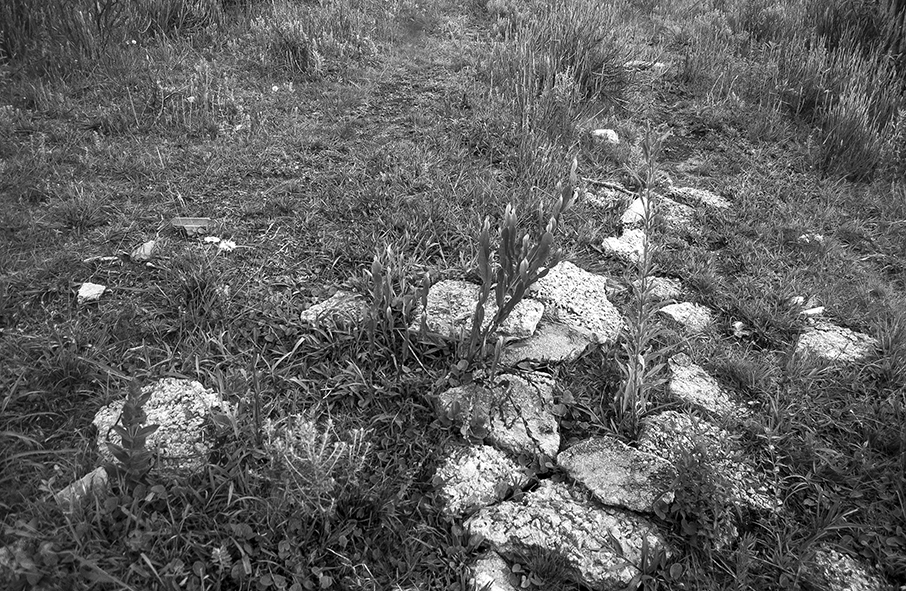The Heart of the Matter
In the project The Heart of the Matter, which I began in mid-2016, I address the ambitious theme of urban development in southern Brazil and the history of Rainforest deforestation, as a way to uncover the historical layers of colonial power.
Since the eighteenth century, the extractive industry in the region relied on the intensive use of araucaria pine wood for local civil construction, shipbuilding, and other demands of the Portuguese monarchy. Roads were opened to transport this newly exploited resource to the ports and then shipped to Lisbon. These routes not only facilitated extraction but also laid the groundwork for the emergence of new villages and cities.
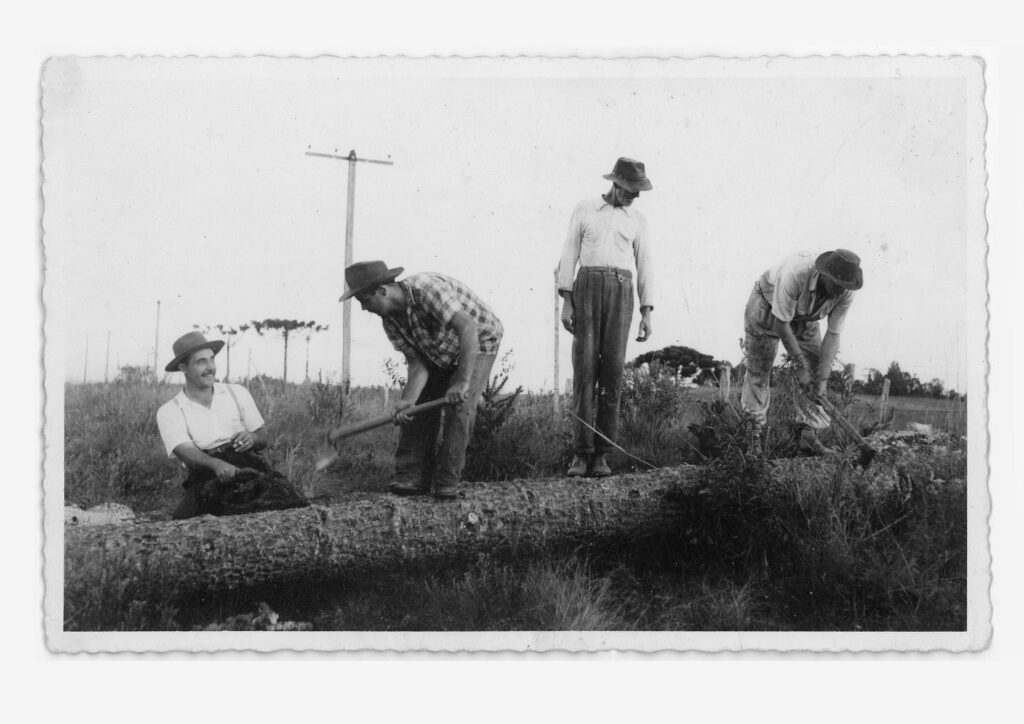
The Paraguayan War and later the Contestado War (early 20th century) reshaped the local economy and cultural landscape, bringing into tension the diverse presence of the Guarani people, African descendants, and European immigrants. The arrival of an ambitious North American railroad project deepened divisions, as local populations resisted the liberal expansion promoted by a republican and military state. The Contestado War alone left an estimated 10,000 dead, most of them labeled “rebels,” and was framed as a victory of the State over so-called “religious fanatics.”
Much of the surviving imagery and documentation of the Contestado War was archived by the Brazilian military unit, giving it autonomy to narrate the conflict from the perspective of State power. Military and political leaders associated with the war inscribed their names onto the urban fabric, such as João Gualberto (military commander), Carlos Cavalcanti (Governor of Paraná), and Marechal Hermes (President of the Republic). Today, their names define the Civic Center of Curitiba, symbolically reinforcing a history that excludes Indigenous descendants and erases their presence in the public space.
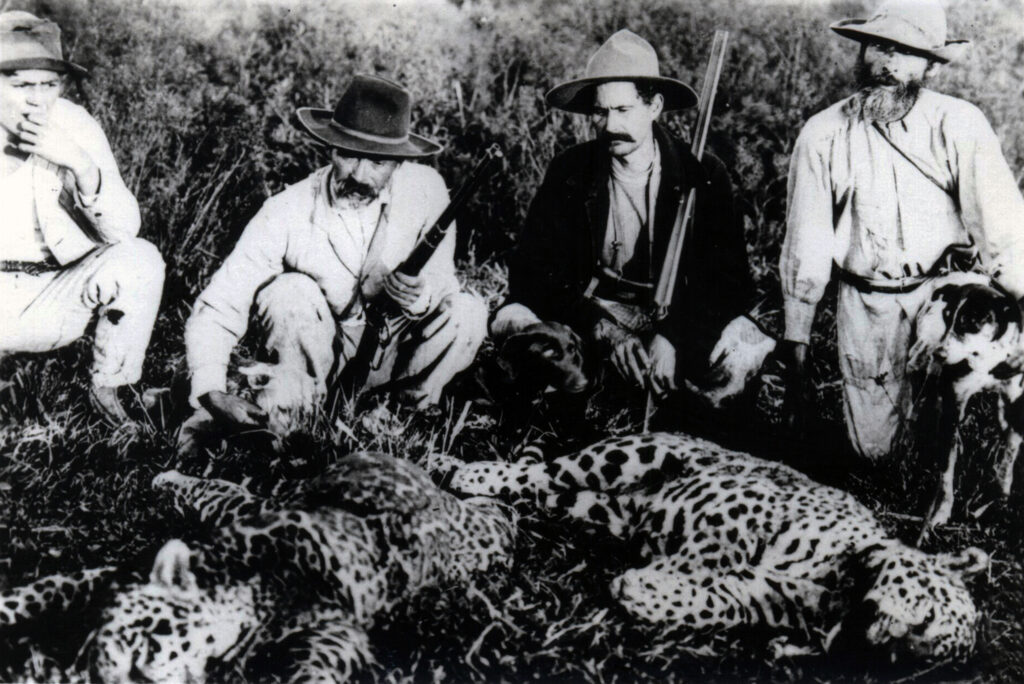
As Derrida wrote, “whoever holds the archive, holds power.” In this sense, revisiting the untold stories of the Contestado War is akin to performing an autopsy on the living body of Brazilian history. The enduring role of the Armed Forces is revealed not only through their symbolic presence in the city but also in their control of the estates of the companies implicated in the conflict, and in the historical narratives written under the guise of neutrality by the Historical and Geographic Institute of Paraná.
The Armed Forces, which proclaimed independence alongside liberal economic interests in the nineteenth century, later seized totalitarian power during the Military Dictatorship (1964–1985)—one of the darkest periods in recent Brazilian history. It was within this republican and militarized context that Institutes of History and Geography were established across Brazil, ostensibly to preserve memory and heritage, but in practice reinforcing a colonial and militarized narrative.
A revealing case comes from the book Contestado by Colonel Alcibíades Miranda, preserved in the project’s archive. This commemorative edition, authored by a military officer who fought in the conflict, demonstrates how, even decades after the dictatorship and nearly a century after the war, the Institute of History and Geography of Paraná maintained a militarized structure at its core. Generals, high-ranking officials from dictatorship ministries, and even the founder of an extreme right-wing nationalist movement were integrated into its board—an unmistakable sign of the political and narrative agendas embedded in these institutional spaces.


